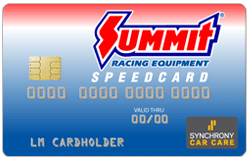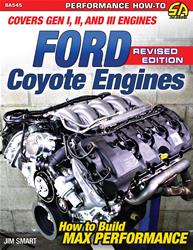
Realize your Ford Coyote engine's full potential by using this detailed resource as a guide to select the right parts for the street or the strip. Veteran Ford writer and historian, Jim Smart, explains and highlights all of the latest and greatest options to achieve more horsepower and torque—and of course, faster quarter-mile times— in "Ford Coyote Engines: How to Build Max Performance."
In this Revised Edition, now covering Generation III engines as well as Generation I and II, upgrades included are engine building techniques, cold-air induction kits, supercharger and pulley kits, better exhaust headers, fuel system and ECU tuning upgrades, and more. Both Ford and the aftermarket have produced an array of parts to squeeze even more power out of your Coyote.
Ford introduced its first "clean slate design" V-8 engines in the early 1990s in Ford, Lincoln, and Mercury models. Known as the "Modular" engine family, the 4.6L engines employed new overhead cams, multi-valve performance, distributor-less ignition, and more. This engine had new technology for its time, and it proved to be an extremely durable workhorse that logged hundreds of thousands of miles in police and taxi applications, as well as light-duty trucks. And, of course, hotter versions and even supercharged versions found their way into performance applications such as Mustang GTs and Cobras.
By 2011, Ford wanted something hotter and more current, especially for its flagship Mustang GT and GT350 models—which were suddenly competing with new 6.2L LS3 engines in Camaros and 6.4L Hemi engines in Challengers. Enter Ford's new 5.0L "Coyote" engine with Twin Independent Variable Cam Timing (Ti-VCT); it was an evolution of the earlier 4.6L and 5.4L Modular designs. Although the new Coyote engine had increased displacement, it still had far fewer cubes than the competition. Despite less displacement, the Coyote could hold its own against bigger Chevy and Chrysler mills, thanks to advanced technology such as 4V heads with better port and valvetrain geometry. The Coyote is also Ford's first foray into technology that includes Ti-VCT and cam-torque-actuated (CTA) function, which is a fancy way of saying variable cam timing for an incredible power curve over a broader RPM range. Now, in Generation III, Ford has implemented a system using both Port and Direct Fuel Injection, taking advantage of the benefits of both systems in a single application.
Even with all of this new technology, there is always room for improvement. If you're looking for even more power from your new Coyote, you'll find answers in the 160-page paperback from SA Design and CarTech. More than 580 color photos are included.
4.0 out of 5 stars
( 2 )
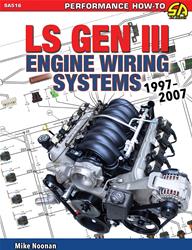
Automotive enthusiasts who've followed hot-rodding trends over the last decade know that GM's LS-series engine is the most popular swap on the market. Similar to the first-generation small-block Chevy engines that were swapped into Model A Fords back in the day, these swaps are arguably just as popular. While kits and the aftermarket help with the logistics and the placement of hardware (such as motor mounts, oil pans, and headers), the area that remains a mystery to most is how to wire and electronically control your swapped LS project.
In "LS Gen III Engine Wiring Systems: 1997-2007" from SA Design, expert Mike Noonan helps demystify the entire complicated process. Extensively covered are terms and tools of the trade, advice on quality connections, detailed coverage of all the engine control modules offered, drive-by-wire systems, harness connectors, and cruise-control systems. Also covered in-depth are air-conditioning systems, cooling-system fan operation, transmission interfaces and connectivity, and control-module programming (tuning) for standalone operation.
Featuring wiring diagrams and computer-aided design (CAD) and computer-aided manufacturing (CAM) artwork—as well as an appendix with real-world projects and examples—this 192-page guide covers all the bases. Whether you're performing a simple swap that utilizes only the basics, a more complex project with all the bells and whistles, or simply want a working knowledge of how these systems work, the guide will be a valuable resource for years to come. It contains 267 color photos and 80 wiring diagrams.
5.0 out of 5 stars
( 1 )
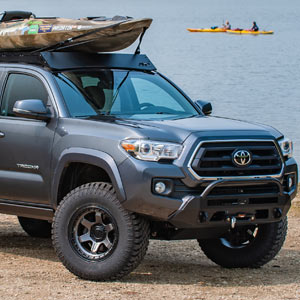 Truck / SUV
Truck / SUV
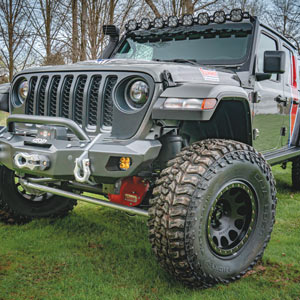 Jeep®
Jeep®
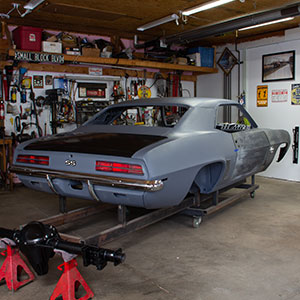 Restoration
Restoration
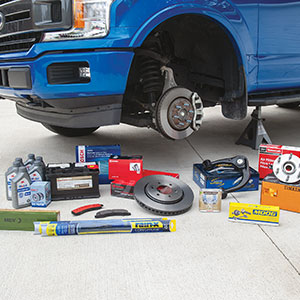 Stock Replacement
Stock Replacement
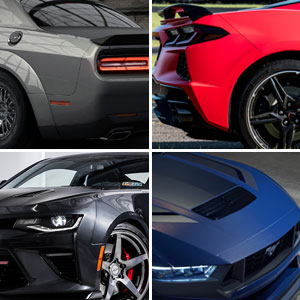 Late Model Muscle
Late Model Muscle
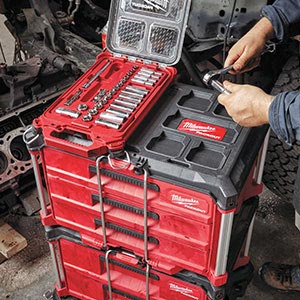 Tools
Tools
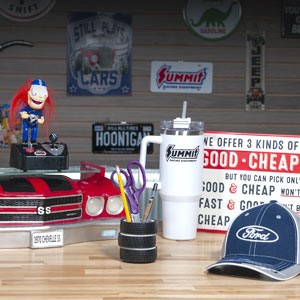 Gifts, Clothing, & More
Gifts, Clothing, & More
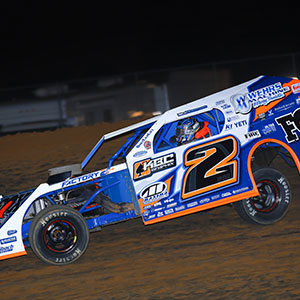 Circle Track
Circle Track
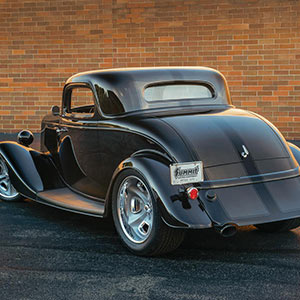 Street Rod
Street Rod
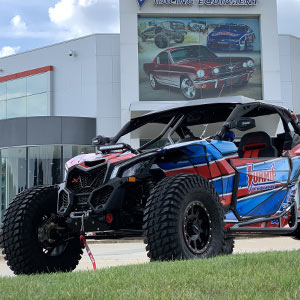 Powersports
Powersports
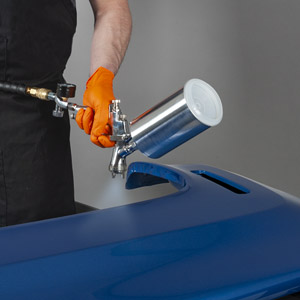 Paint & Body
Paint & Body
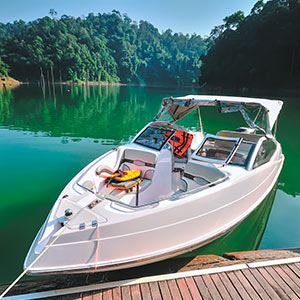 Marine
Marine
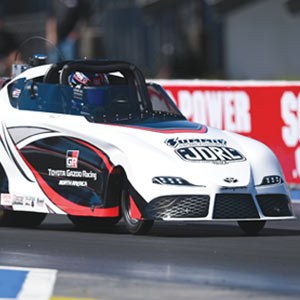 Jr Dragster
Jr Dragster


